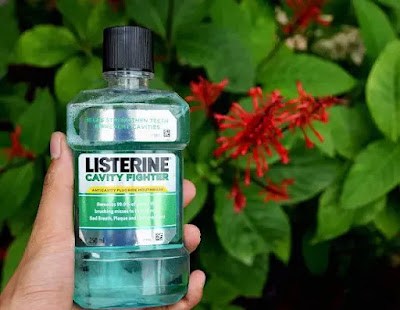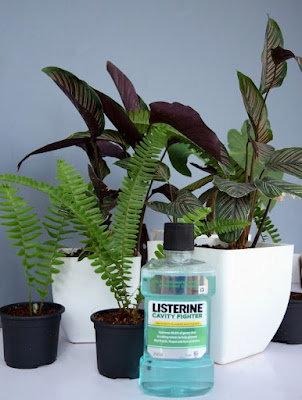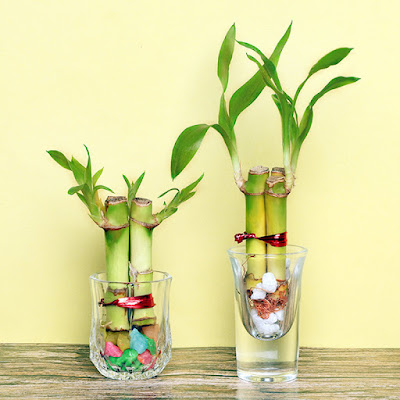You all know how toxic chemicals are and your garden doesn’t benefit much from them. Even though the market has lots of these chemical-based products, they are not safe for your garden, and for the environment. Why don’t you try a natural solution instead?
Vinegar is an amazing option that works just as well as chemicals, but instead of destroying our environment, it actually helps and it is completely safe to use.
White distilled vinegar has numerous uses in the garden. Keep reading and find out these amazing vinegar uses:
Top 12 uses of white vinegar in the garden:
1.Deter cats and pests
Dogs, cats, rodents, moles, and rabbits hate vinegar. So if your neighbor’s cat has a habit of coming into your garden, spray white vinegar around that area and you won’t see her again anywhere near your home. You can also soak old clothes in vinegar and hang it on stakes around your garden. After it rains, add more vinegar.
2. Your clay pots will never be dirty again
Many people use clay pots because they keep the soil moist. Clay pots are also great because they protect the roots during the long summer days, as well as making the garden more beautiful. However, they tend to absorb minerals, calcium, and salt from the water and fertilizers and they don’t really look beautiful when this happens. Using white vinegar can help and make your pots look just as new. Here’s what to do:
- Scrub the crusty residues from the pots
- Dip the pots in 20-25 percent vinegar solution which would be a cup of 5% vinegar to 3-4 cups of water. Leave them in the solution for half an hour
- If you can still notice some residues, wipe them off using undiluted vinegar
3. Repel ants
Many gardeners say vinegar is the best organic insecticide. So, spray on affected areas and you won’t see ants ever again. Spray again after 2-3 days, and ants will be gone.
4. Remove weeds
Spray pure white vinegar on your walls or walkways to get rid of weeds. Your garden will look neat and amazing.
5. Enjoy cut flowers longer than usual
To enjoy in your flowers longer than usual, add two tbsp of vinegar and 1 tbsp of sugar in a vase. Put the flowers in this solution and change it every couple of days. The solution works as food for the flowers.
6. Get rid of weeds
White vinegar is one of the most efficient “anti-weed” products.
- Add a cup of salt, a tablespoon of lemon juice, and two tablespoons of dish soap in a gallon of 5% white vinegar
- Stir well, and transfer the liquid into a sprayer
- Spray the weed in your garden
7. Get rid of garden insects
Make a combination of 3 parts of water, 1 part of vinegar, and 1 tsp of dishwashing agent, and put it into a sprayer bottle. Shake it, and spray your garden with it.
8. Get rid of fruit flies
The following solution will help you protect your fruits:
- Combine half a cup of apple cider vinegar, 1 tablespoon of molasses, a cup of water, and a quarter cup of sugar
- Transfer the liquid into a container of your choice, and hang it on your fruit tree
- Fruit flies will “attack” the liquid, and get trapped in
- This solution works for household flies, too
9. Refresh acid loving plants
Rhododendrons, gardenias or azaleas will be happy if you use white vinegar. Add 1 cup of vinegar to a gallon of water, and water these plants. You will be amazed of their growth.
10. Remove rust from garden tools
Use undiluted vinegar on your tools. Spray them with the vinegar or just dip them in it for a few minutes. All you have to do next is rinse them well with water.
11. Fight fungus
If you notice your plants don’t grow well or there are some dark spots on their leaves, they probably have fungus or mold. Use white vinegar to get rid of this. Add 2 tbsp of vinegar to a brewed chamomile tea. Put it in a sprayer and spray your plants. You will see them become more vivid in no time.
For roses, add three tbsp of cider vinegar to four liters of water. Spray them with this and get rid of the fungus.
12. Kill slugs and snails
White vinegar will keep slugs and snails away from your garden which is why its gardeners’ favorite “anti-snail” product.
































